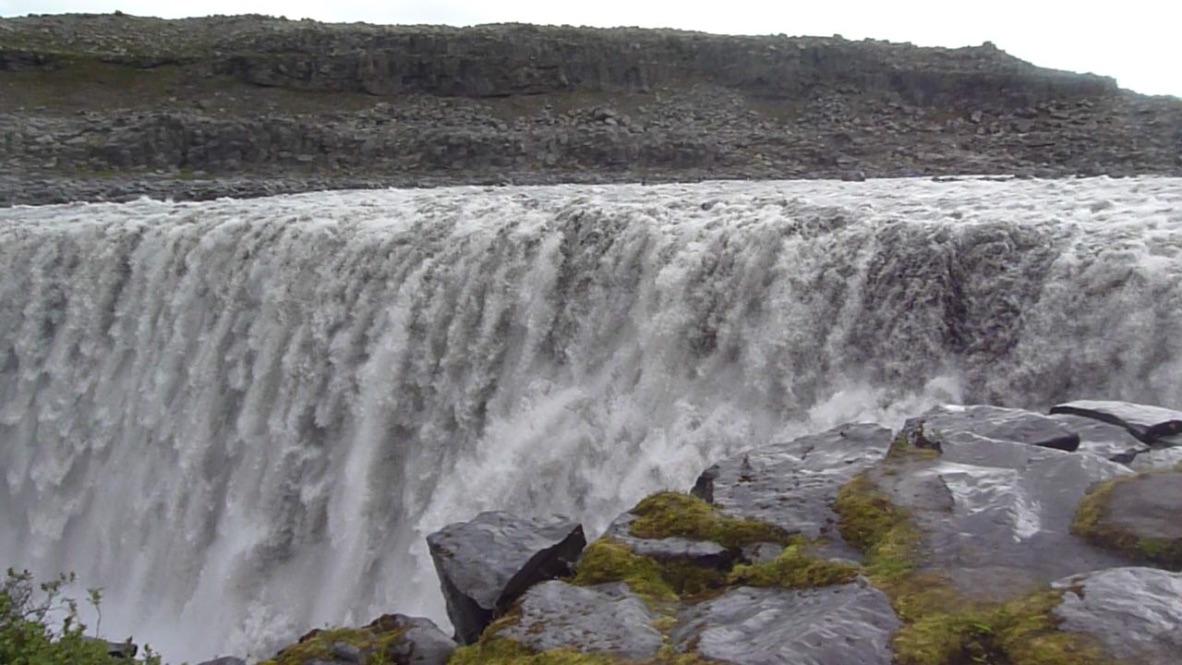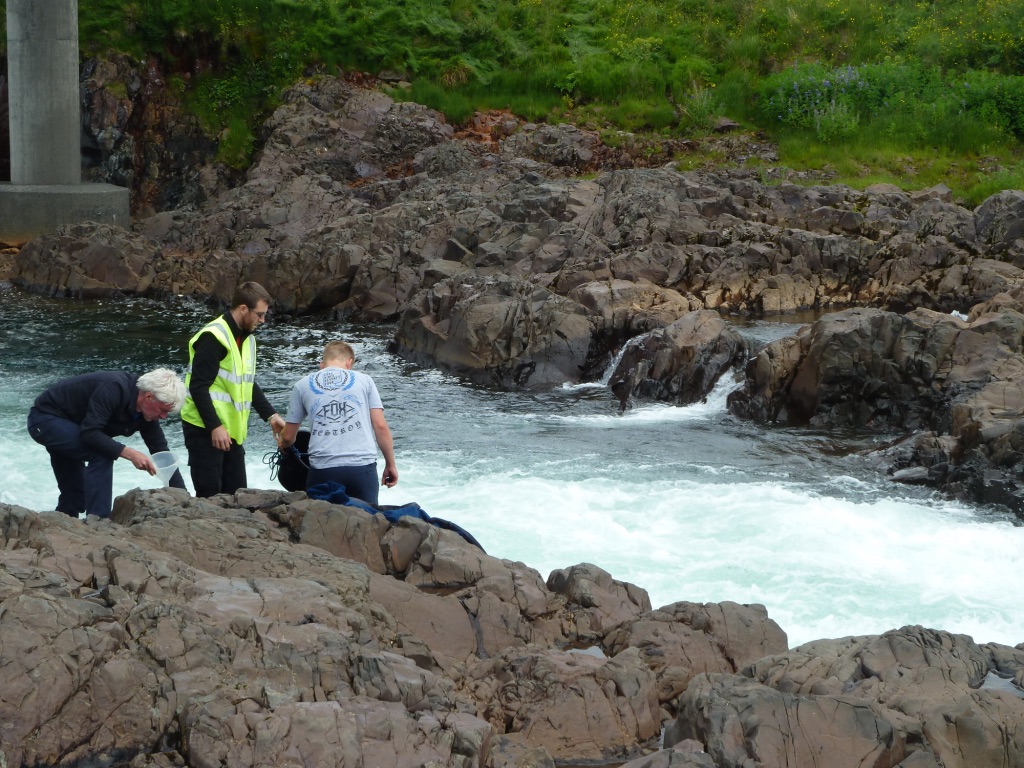Research Project
Understanding Lithium Isotopes
Lithium isotopes as a tracer of weathering processes
#UNDERSTANDINGLITHIUM
Featured Research Output



Project Info
We have spent considerable effort trying to understand how precisely lithium isotopes (our weathering tracer of choice) behave in the modern environment. This is the only way to determine what Li isotopes are telling us about past weathering: by examining analogous modern environments. We have looked at modern rivers and soils from many different environments: Iceland, Greenland, the Azores, the Ganges flood plains, New Zealand and the Lena River. In all cases, the formation of clays (which fractionate Li isotopes) tends to happen in the flood plains, rather than on hill slopes.
This is important, because clay formation inhibits the sequestration of CO2. In other words, if the cations that matter in carbonate formation (and hence CO2 sequestration) end up being retained in clays on the continents, they do not help to remove CO2 in the oceans. Hence (and this is critical) lithium isotopes are a tracer for the silicate weathering efficiency, which determines the CO2 drawdown efficiency.
Dates:
Fieldwork:
Universities: UCL, Birkbeck
Principal Researcher: Philip Pogge von Strandmann

Fieldwork
aperiam, eaque ipsa quae ab illo inventore veritatis et quasi architecto beatae vitae dicta sunt explicabo

Methods
Sed ut perspiciatis unde omnis iste natus error sit voluptatem accusantium doloremque

Outreach
At vero eos et accusamus et iusto odio dignissimos ducimus qui blanditiis praesentium voluptatum
Research Output
- 90% Data collected
- 60% collaborations
- 20% Analysis
- 50% Paper Output
Publications
Other Projects
Environmental
Monarch Park
For City of San Francisco
Interior
Divi HQ Office
For Divi Inc.
Exterior
Extra Building
For Extra Co.